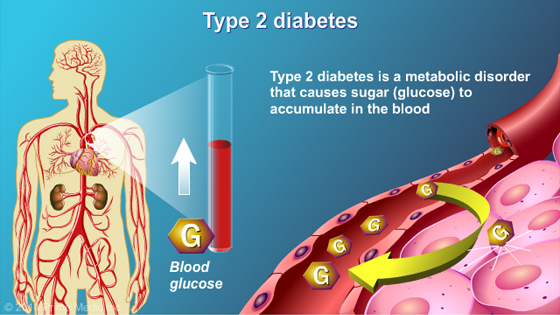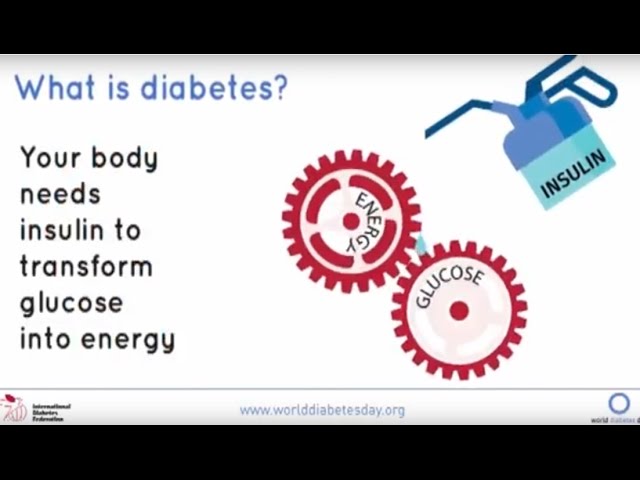
What is diabetes? That's a great question. Diabetes can strike anyone at any walk of life; however, it certainly doesn't discriminate. And it certainly doesn't look like it, with so many millions of Americans today having been diagnosed with the disease.
Diabetes can affect just about any walk of life, in large numbers. It does so dramatically – in numbers that are greatly increasing. Globally, nearly one-third of all adults have been diagnosed with type 2 diabetes. In the United States, nearly half of all adults are affected. In the UK, the figures are nearly as high.
Diabetics suffer various types of complications including blindness, heart disease, kidney failure, nerve damage, stroke, nerve damage and amputation. It can be an incredibly debilitating disease that requires constant monitoring by a doctor and others.
It is important to understand just what type you have before getting any treatment. This is the first and most important step towards managing your condition and keeping it under control. Once you know your type, then you can take steps to keep your blood sugar levels within the normal range.
There are four types of diabetes – Type I, Type II, Polycystic, and Juvenile. Each type has its own symptoms, which are determined by its specific diagnosis. The first two types are fairly straightforward, while the last two are more complex. It's important to discuss these with your doctor, who will be able to advise you on the best course of action. This will likely require a visit to a clinic where a blood test is done to determine if your blood sugar level is outside the normal range.
One of the more common symptoms is pain in the legs and feet. You may also experience weakness, fatigue, and loss of energy. These are the easiest symptoms to identify and they can be treated with over-the-counter medication. However, there are some people who may have none of these symptoms and this does not always indicate that a medical condition is present. In those cases, you should contact your doctor immediately to determine the cause of your symptoms.

When your doctor determines that you do indeed have diabetes, he or she may be able to prescribe a variety of medications for you to manage your condition. If your doctor recommends the use of insulin, which is a hormone injected into the bloodstream to help break down glucose, then this is known as insulin. You may also be given medication to increase the amount of blood you are taking in your body (either with a vein catheter or through a pump).
The other medications used are commonly called anti-diuretics, which are given to decrease urine production or to prevent the amount of urine that leaves your body
This reduces the amount of insulin in your bloodstream. If your body isn't producing enough insulin, your cells are no longer able to use it to break down sugar. They also help decrease the need for the pancreas to produce insulin. The goal of this is to keep your blood sugar level within the normal range.
The medications you are given to reduce urination, on the other hand, aim to keep your blood glucose level in check as well. If this doesn't work, your doctor may prescribe diet and exercise modifications.
Diet and exercise can be tricky, but they are necessary to control your condition. Your doctor may recommend that you avoid foods high in cholesterol and saturated fat, which increases cholesterol in your blood. In addition, he or she may prescribe medications to help with controlling blood sugar levels.
If you follow these changes, you may eventually be able to eliminate all of your symptoms. If you are having problems with the ability to swallow or breathe, your doctor may recommend surgery to correct the problem.
Although diabetes is a serious illness, there are ways to deal with the symptoms. Diabetes is treatable and controlled. However, you must continue to monitor your blood sugar closely and discuss your condition with your doctor, who will be able to advise you on the best course of action.